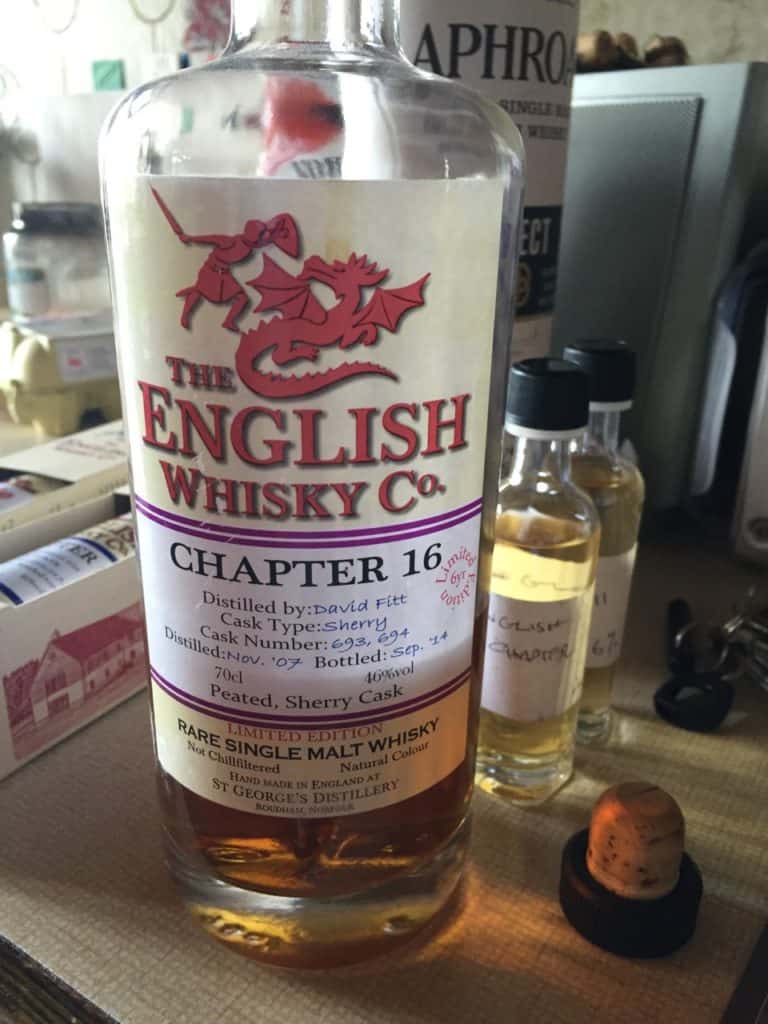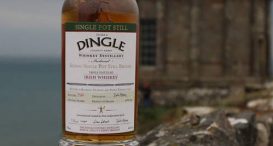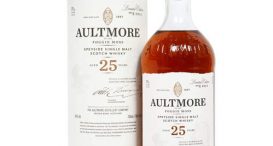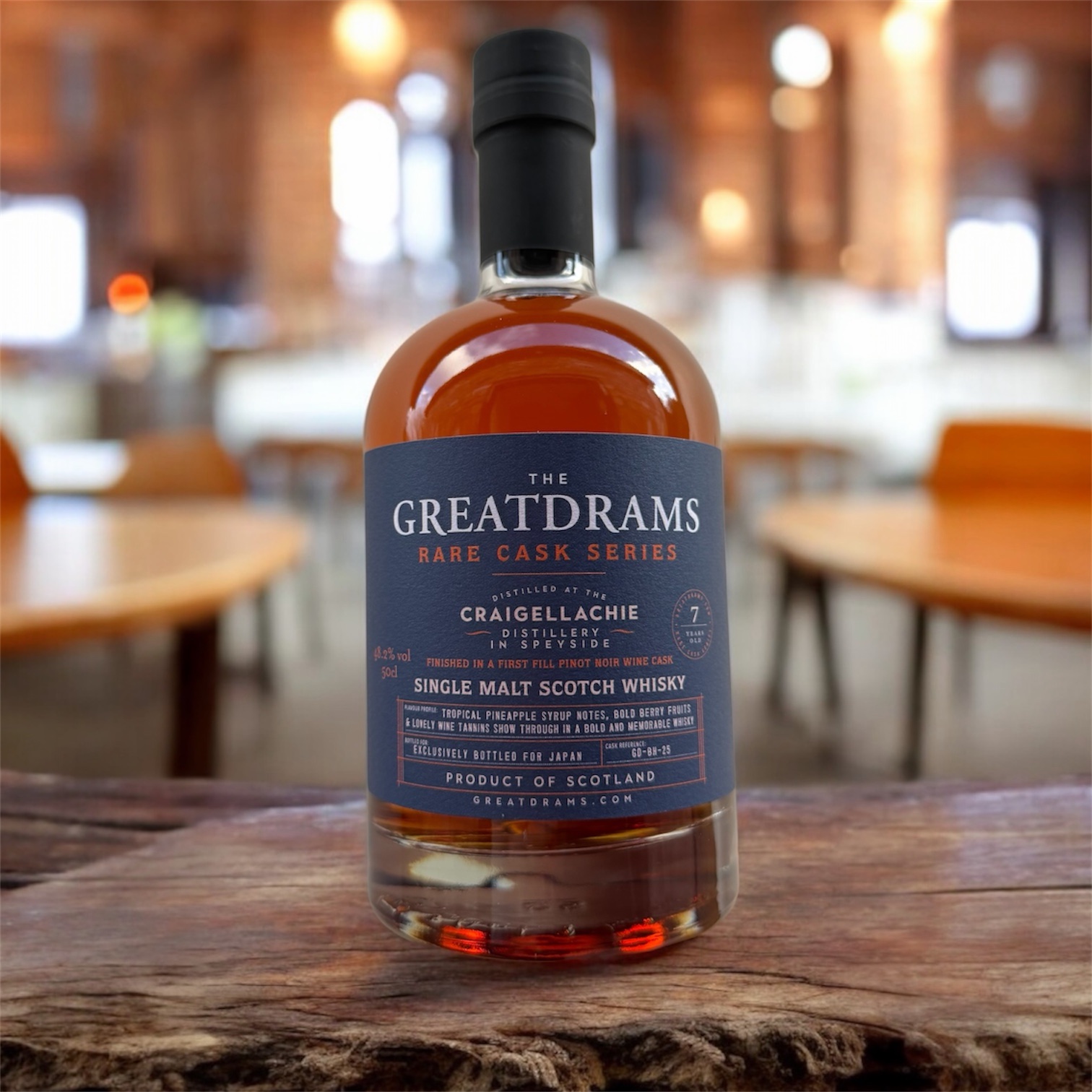St. George’s Day review: The English Whisky Company Range
let’s begin
Today celebrates St George, the Patron Saint of England, and what better way to commemorate the dragon slaying knight than with a closer look at the English Whisky distillery that bears his marque.
The English Whisky Company was founded in 2005. Lincolnshire local James Nelstrop and his son Andrew decided to take their passion for whisky distilling and make something of it.
As such, planning permission for St. George’s Distillery was granted on the 10th of January 2006, and the first 29 barrels of English whisky were created in December of the same year.
This was the first time in 120 years that England had a working whisky distillery, whisky being one of the things that never really made it across the border when King James took the throne.
Located in Norfolk, the St George Distillery is close to some of the best ingredients available, and these are used to create some very fine whisky.
The English Whisky Company’s range of drams map the history of the distillery as they are split into chapters, each representing a new development to the distillery’s story.
What stands out the most about the English Whisky Company is perhaps the great variety of expressions available.
The abundant chapter of St George’s Distillery cover it all, from peated to unpeated, floral to spicy. Whatever your favourite Scotch may be, the English Whisky Company are sure to have an expression to rival it (just don’t tell the Scots or there’ll be another referendum right around the corner).
Chapters 6, 9, 11, 12 and 16 stand out in particular and could be said to be the best reading of the bunch!
The most popular chapter, Chapter 6, was the distillery’s first fully available release. It is unpeated and very light, capturing the essence of the beautiful Norfolk surroundings that its hails from.
The smooth floral notes of chapter 6 are easily compared with the later Chapter 12. This expression is similarly sweet and light, the only difference being the slight hint of peat that comes through in the finish of 12.
This peated quality is continued, or more appropriately, prequeled in Chapters 9 and 11. The smoky peatedness of Chapter 9 appears as a somewhat timid younger sibling of chapter 11, where the peat is given its full force.
Chapter 9 is said to be the distillery’s answer to the light medicinal qualities of Islay malts, and with that in mind, Laphroaig could have a challenger on its hands. Lets hope there are no Braveheart re-enactments coming to the whisky world any time soon!
A more likely contender to the Islay malts’ crowns of whisky glory is Chapter 11. This takes all the flavours of 9 and explodes them, adding more spice and blowing it up with a good old dose of peat.
The peated qualities of the English Whisky Company’s malts are continued in Chapter 16 only this time the smoke is thrown in alongside the sweet floral undertones of a sherry cask. This is the distillery’s first release of a peated Sherry matured malt.
These expressions are only but a taste of the incredible range available from St George’s Distillery.
Of course you’ll have to try them for yourself and with one of the best visitor centres in England (not that there are too many), the English Whisky Company has you covered.
Offering four different tours, each one gives you the chance to learn more about one of the most exciting beginnings in whisky history.
From 120 years of sadness, the English Whisky Company has revitalised the English whisky world. St George would no doubt be proud of his namesake. Heaven knows he needed a little more than Dutch courage to take down that dragon!














